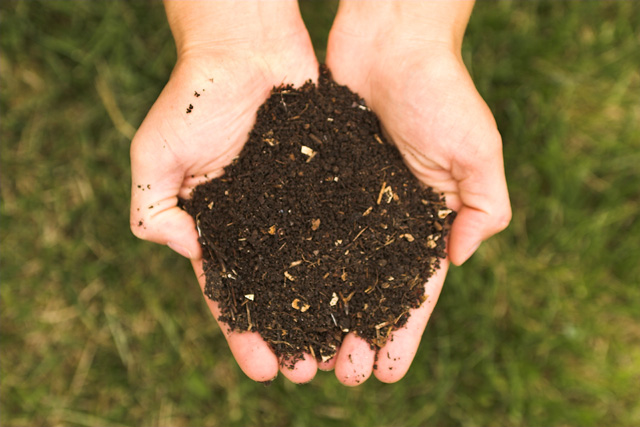Preparing the Soil
As to the kind of soil, Hobson’s choice ranks first! It is not necessary to move into the next county just to have an herb garden. This is one of the cases in which the gardener may well make the best of however bad a bargain he has.
But supposing that a selection be possible, a light sandy loam, underlaid by a porous subsoil so as to be well drained, should be given the preference, since it is warmed quickly, easily worked, and may be stirred early in the season and after a rain. Clay loams are less desirable upon every one of the points mentioned, and very sandy soils also. But if Hobson has one of these, there will be an excellent opportunity to cultivate philosophy as well as herbs. And the gardener may be agreeably surprised at the results obtained. No harm in trying! Whatever the quality of the soil, it should not be very rich, because in such soils the growth is apt to be rank and the quantity of oil small in proportion to the leafage.
The preparation of the soil should commence as soon as the grass in the neighborhood is seen to be sprouting. Well-decayed manure should be spread at the rate of not less than a bushel nor more than double that quantity to the square yard, and as soon as the soil is dry enough to crumble readily it should be dug or plowed as deeply as possible without bringing up the subsoil. This operation of turning over the soil should be thoroughly performed, the earth being pulverized as much as possible. To accomplish this no hand tool surpasses the spading fork.
One other method is, however, superior especially when practiced upon the heavier soils–fall plowing or digging. In practicing this method care should be taken to plow late when the soil, moistened by autumn rains, will naturally come up in big lumps. These lumps must be left undisturbed during the winter for frost to act upon. All that will be necessary in the spring will be to rake or harrow the ground. The clods will crumble.
I once had occasion to try this method upon about 25 acres of land which had been made by pumping mud from a river bottom upon a marsh thus converted into dry ground by the sedimentation. Three sturdy horses were needed to do the plowing. The earth turned up in chunks as large as a man’s body. Contrary to my plowman’s doubts and predictions, Jack Frost did a grand milling business that winter! Clods that could hardly be broken in the autumn with a sledge hammer crumbled down in the spring at the touch of a garden rake!



